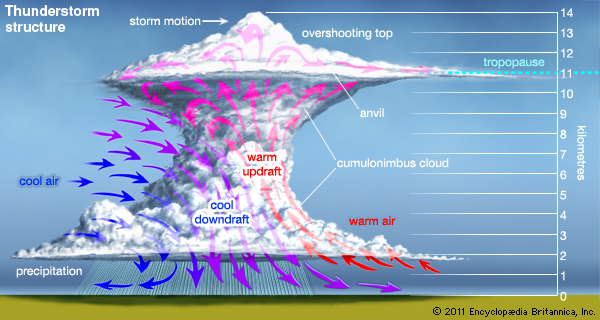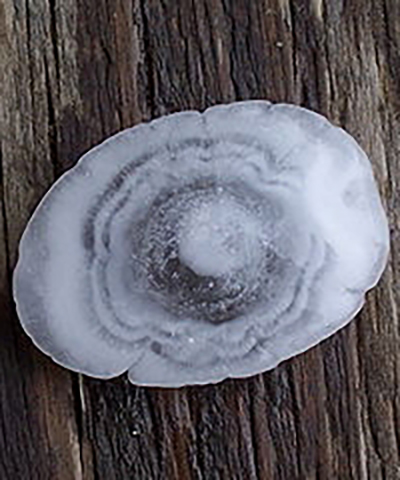
28 Oct Hail – The Science Behind It
[fusion_builder_container hundred_percent=”yes” overflow=”visible” type=”legacy”][fusion_builder_row][fusion_builder_column type=”1_1″ layout=”1_1″ background_position=”left top” background_color=”” border_color=”” border_style=”solid” spacing=”yes” background_image=”” background_repeat=”no-repeat” padding_top=”” padding_right=”” padding_bottom=”” padding_left=”” margin_top=”0px” margin_bottom=”0px” class=”” id=”” animation_type=”” animation_speed=”0.3″ animation_direction=”left” hide_on_mobile=”no” center_content=”no” min_height=”none” last=”true” hover_type=”none” link=”” border_position=”all” align_self=”flex-start” border_sizes_top=”” border_sizes_bottom=”” border_sizes_left=”” border_sizes_right=”” first=”true”][fusion_text columns=”” column_min_width=”” column_spacing=”” rule_style=”default” rule_size=”” rule_color=”” content_alignment_medium=”” content_alignment_small=”” content_alignment=”” hide_on_mobile=”small-visibility,medium-visibility,large-visibility” sticky_display=”normal,sticky” class=”” id=”” font_size=”” fusion_font_family_text_font=”” fusion_font_variant_text_font=”” line_height=”” letter_spacing=”” text_color=”” animation_type=”” animation_direction=”left” animation_speed=”0.3″ animation_offset=””]
[fusion_text]
Hail is a phenomenon which generally depicts an intense or severe thunderstorm. When people see hail, they usually immediately think that the thunderstorm is one of intensity. How does a hailstone develop though, and whats the difference between say pea size hail and golf ball or even baseball size hail?
How does hail occur: It starts at the surface. Warm inflow air is being pulled into the storm. As we all know, warm air rises, and thats exactly what happens within the thunderstorm as that warm air gets caught in the updraft. When the air passes the freezing level, which in storms is typically between 9,000 and 12,000ft, the water molecules then begin to freeze. This then forms ice, and as the ice remains in the cloud, other water molecules or droplets interact with the ice, they attach themselves and a chain reaction occurs that leads to larger ice. The ice then falls when the updraft cant support its weight anymore and then it becomes what we know as hail.

The dynamics of a thunderstorm from the overshooting top, to the interaction between warm and cold air within the storm. Hail becomes caught in the warm updraft and becomes suspended in the mid to upper level layers of the storm
A fun fact: If you cut a hailstone in half, it may have concentric circles like a tree. These circles dont tell you how old the hail was, but more or less how many times it cycled within the thunderstorm – each white line is a new freeze. Hail can cycle 5-10 or even more times before eventually falling.

The cross-section of a hailstone – the white lines represent a new cycle within the thunderstorm updraft
What size hail is considered severe:
The criteria for hail to become warned within thunderstorms is 2cm, or if its an immense amount of small hail (under 2cm) it can be warned as hail accumulation – where the total weight may become damaging to roof structures.
Updraft speeds vs hail size: Hail size has been linked directly to the speed of the thunderstorms updraft. The stronger the updraft, the longer the hail can be suspended and allowed to grow. Here are some of the speeds at which certain size hail occurs
-
Pea size hail (0.5cm): 56km/h
-
Quarter size hail (2.5cm): 79km/h
-
Golf ball size hail (4.4cm): 103km/h
-
Baseball size hail (7cm): 130km/h
-
Tea cup size hail (7.6cm): 136km/h
-
Softball size hail (10-11.5cm): 165km/h
-
Largest stone ever (8 inches – 20.3cm): 246km/h
While deaths from hail are very uncommon, they do occur. Severe injury is also certainly something that can happen and in fact does occur quite a lot, especially during dangerous storms that contain massive hail. So remember to stay alert, and more importantly – stay indoors away from windows during storms.
[/fusion_text][fusion_youtube id=”B6fxBN4v_2k” width=”800″ height=”450″ autoplay=”false” api_params=”” hide_on_mobile=”small-visibility,medium-visibility,large-visibility” class=”” /][fusion_text]
[wp_ad_camp_3][/fusion_text][/fusion_builder_column][/fusion_builder_row][/fusion_builder_container]


Sorry, the comment form is closed at this time.